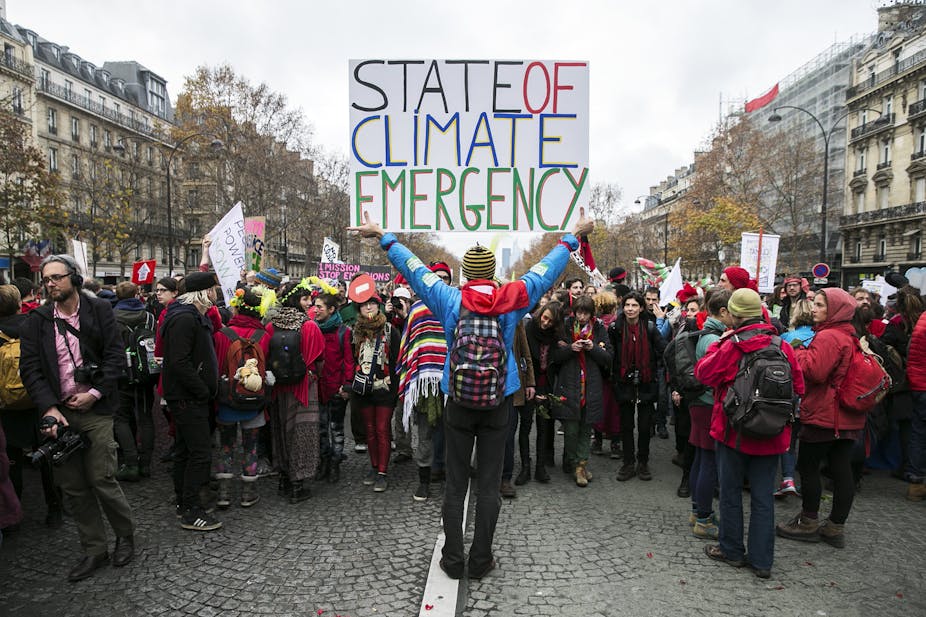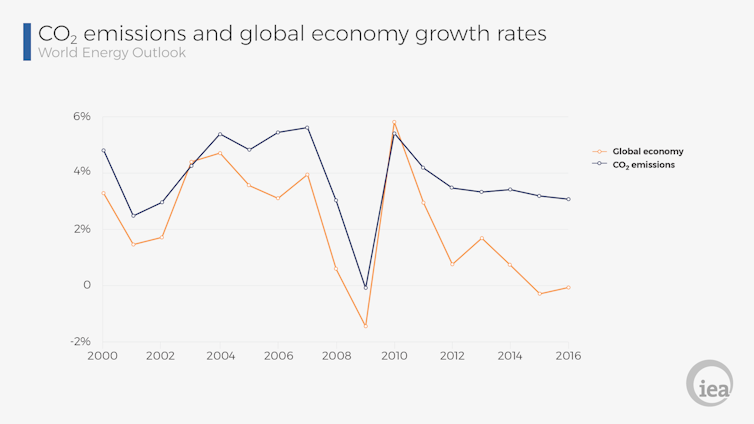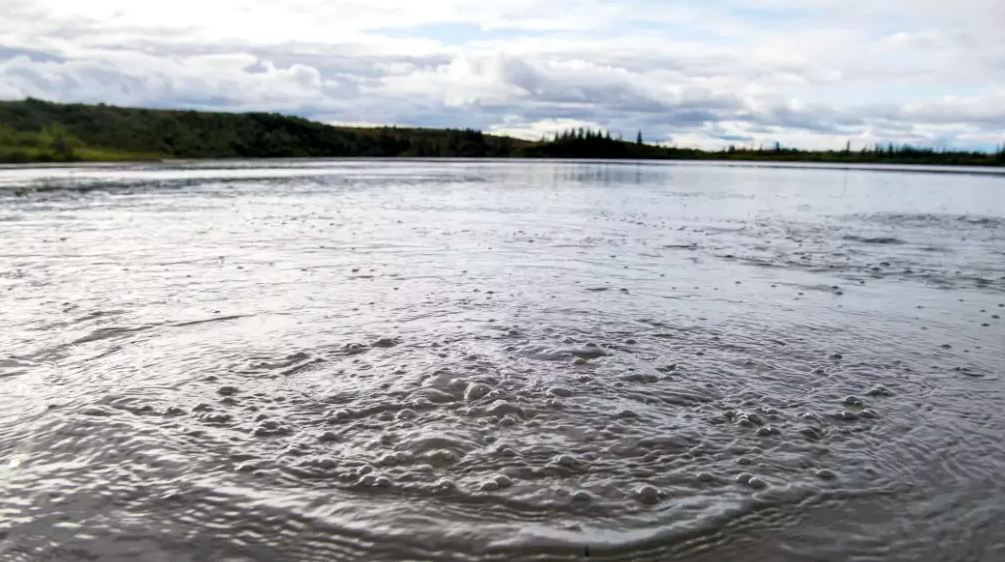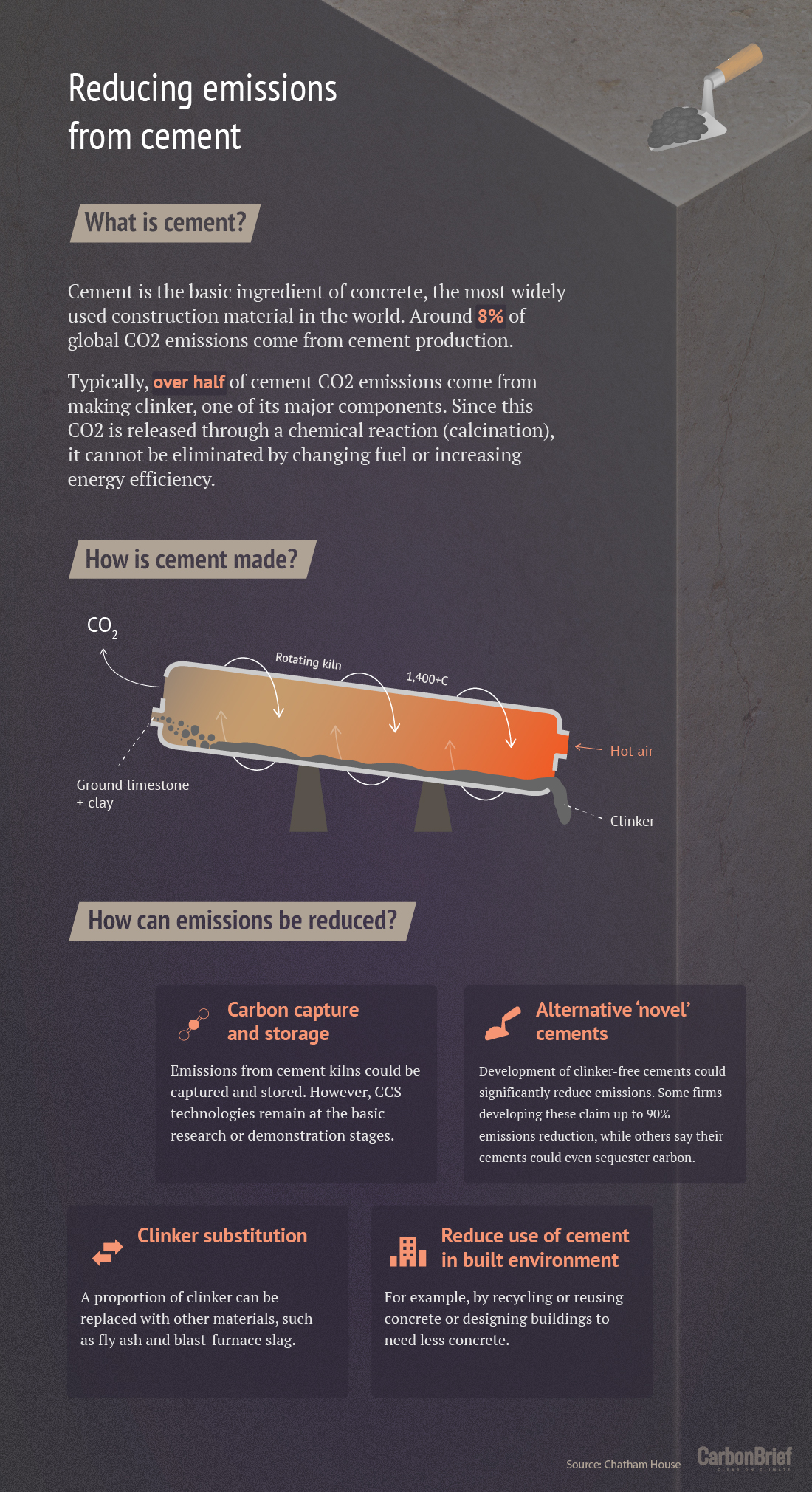Fifty years ago, a bipartisan U.S. Congress enacted novel, far-reaching legislation that changed our country and the world for the better. At that time, the Clean Water Act and Clean Air Act were new, untested approaches to combating pollution. The U.S. had a huge problem in the 1970s; rivers regularly caught fire, and many big cities were choked with air pollution.
These new laws enshrined a new but logical principle: polluters should control, and if necessary pay for, the damage they cause to human health and natural resources. For many decades, polluters had a free ride. They dumped pollution in our air and water with impunity. Our kids got sick from unchecked auto exhaust. Our rivers caught fire because they were laden with oil.
These environmental laws have stayed on the books for over five decades, because they work. Today our waters are much cleaner, our air far-less polluted. Missoula. Montana is a great case in point; those who lived here in the 1970s and ’80s will remember how bad our air quality was and how much better it is today. The Clark Fork River is much healthier too now that mining wastes are being cleaned up.
These changes did not occur voluntarily; environmental regulations required tougher standards for air pollution. Mining companies had to pay for the pollution they caused to the Clark Fork. Today, many countries around the world seek to emulate our environmental laws. They are one of the great gifts American democracy has given to the world, a legacy we should be proud of.
Now we are faced with a new type of pollution. Carbon dioxide and other pollutants are accumulating in the atmosphere. These accumulations have already contributed to serious problems; for example, record-breaking fires in California and more powerful hurricanes in Texas and Florida.
…click on the above link to read the rest of the article…



















